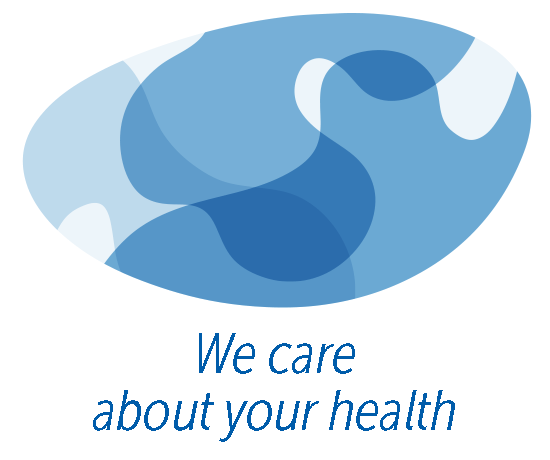What is pulse?
The wavy motion of arterial walls which is dependent on the contractions of the heart muscle and the elasticity of blood vessels is called the pulse. To assess the pulse we determine the following features: rhythm, amplitude, frequency and duration of the systolic wave. The pulse rate value provides information concerning the frequency of the heart action. Its normal value depends on age. For adults it is approx. 70 beats per minute (bpm). The level of physical fitness is also important. In sportsmen the resting pulse may be low.
What is saturation?
Saturation is the term used to describe the amount of oxygen in arterial blood. It is marked as SaO2, and sometimes also as SpO2 . The normal value should fit between 95-98%, and in elderly over the age of 70, a result of 94-98% is considered normal. During the oxygen therapy saturation may reach 99-100%.
What is a pulse oximeter used for?
A pulse oximeter is a device which is used for the non-invasive and painless measurement of the two values described above: pulse frequency and arterial blood saturation. Its operation is based on transmission spectrophotometry, using different optical properties of oxygenated and deoxygenated blood. Presence of the pulse flow in blood vessels is also important, allowing the measurement of the pulse. The device is equipped with a sensor, which is attached to the patient’s finger, nose ala (wings of the nose) or earlobe. It is particularly useful in the case of suspected or monitored respiratory failure, as well as in the monitoring of oxygen therapy or the general condition of severely ill patients. The measurement may be disturbed by motion artefacts, impairment of the peripheral blood flow, carbon oxide intoxication and by various lesions on the fingernails. Also other factors, including stress, physical activity, fatigue, time of day and caffeine-containing drinks may have a significant impact on the result.
Advantages of pulse oximetry
- It is non-invasive and painless
- reduces the number of gasometry tests performed
- As the device is easy to use and requires no calibration, the result is obtained quickly
- Constant monitoring of the patient’s condition is also possible
- The device is mobile and may be used in a wide range of conditions
- The measurement does not require any previous preparation
Disorders associated with pulse and saturation
There are many types of pulse disorders, and each of them may be associated with a different condition, usually of cardiac origin. Saturation below the lower limit of the norm indicates respiratory failure and constitutes an important signal for a doctor that further diagnostic and appropriate treatment are necessary. A Pulse oximeter is a crucial piece of equipment for each Emergency Room.
Tachycardia
Tachycardia is a condition when the heart rate is over 100 bpm. In response to a physiological stimulus it is associated with physical exercise and stress. Pathological factors include: fever, hypovolaemia, anaemia, effects of some drugs, hyperthyroidism or heart failure.
Bradycardia
Bradycardia is a condition when the heart rate is below 60 bpm. It may be observed as a physiological condition in athletes. Pathological conditions accompanied by bradycardia are, among others, hypothyroidism, excessively high potassium level in the blood and ischaemic heart disease.
Clinical use of a pulse oximeter
A pulse oximeter is used in the case of:
- respiratory failure
- monitoring of life signs of a mother and foetus
- monitoring a patient’s condition (ventilated neonate, hypoxia, general anaesthesia, period directly after waking up from anaesthesia, and when the introduction of oxygen therapy is considered)

